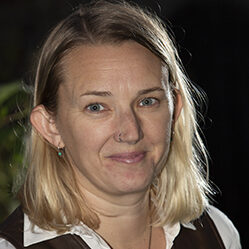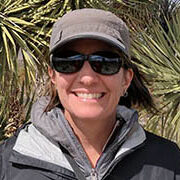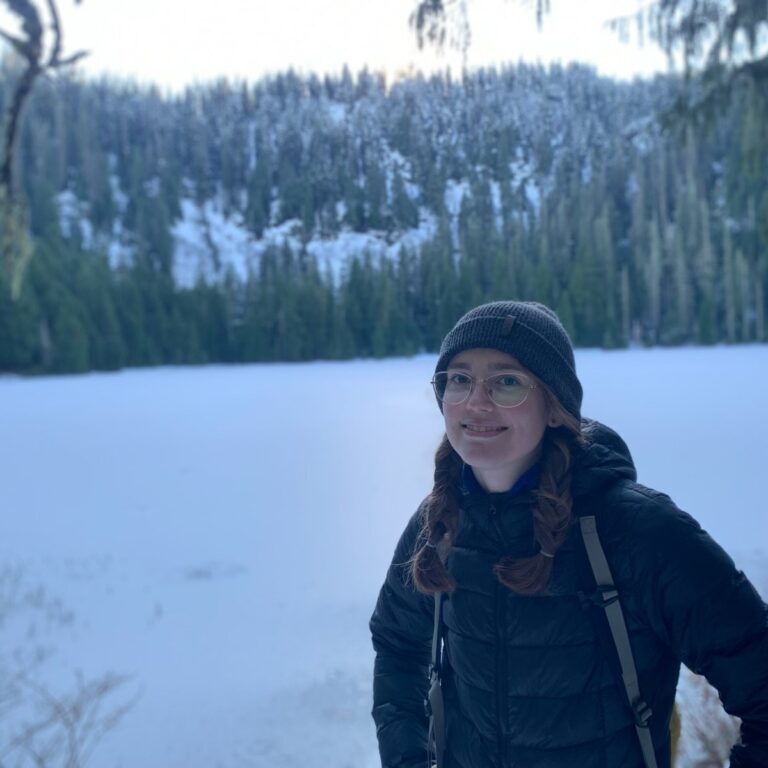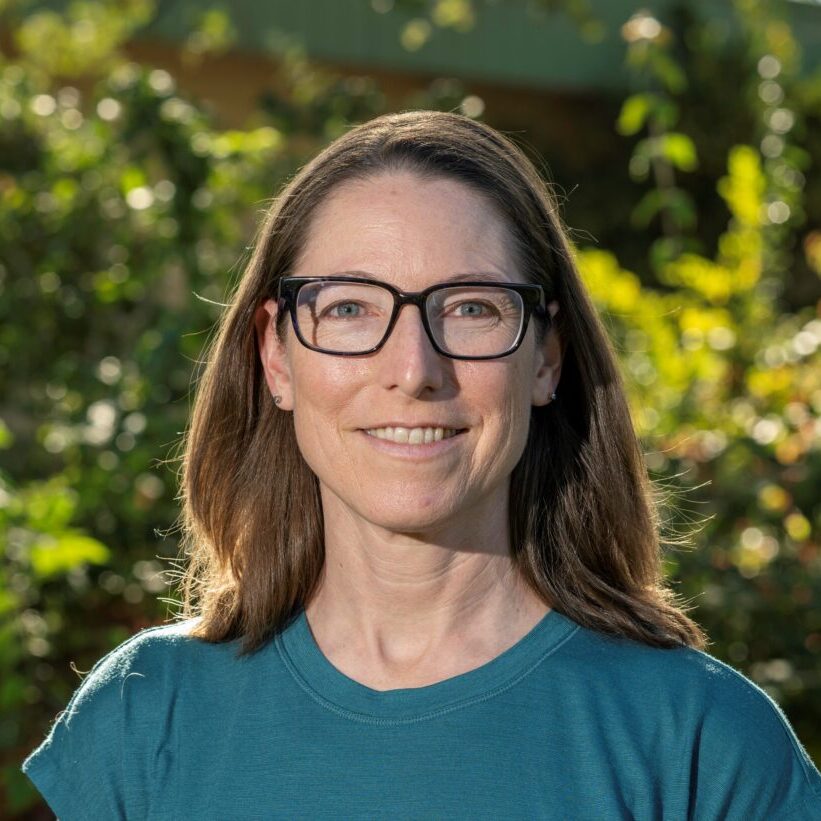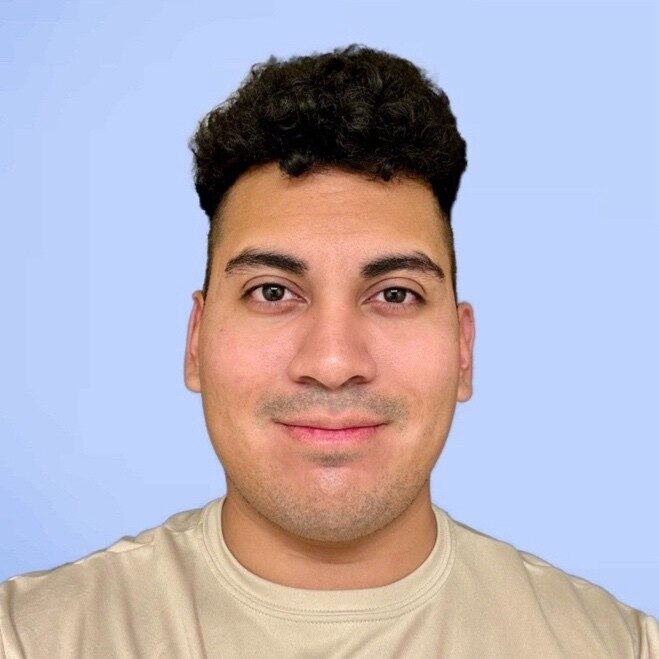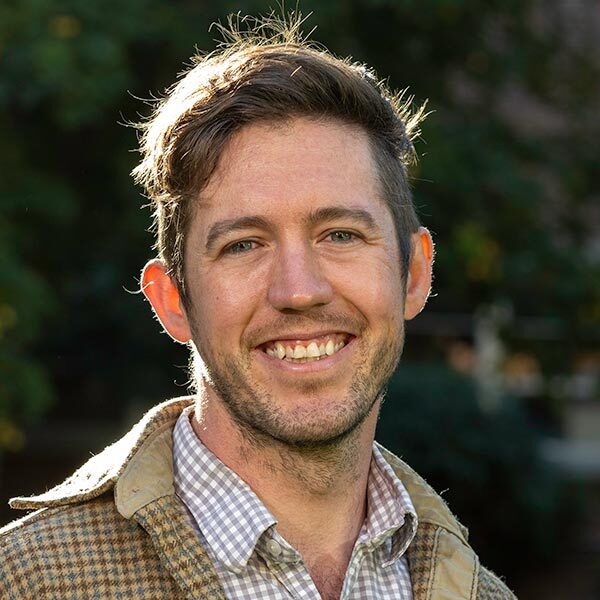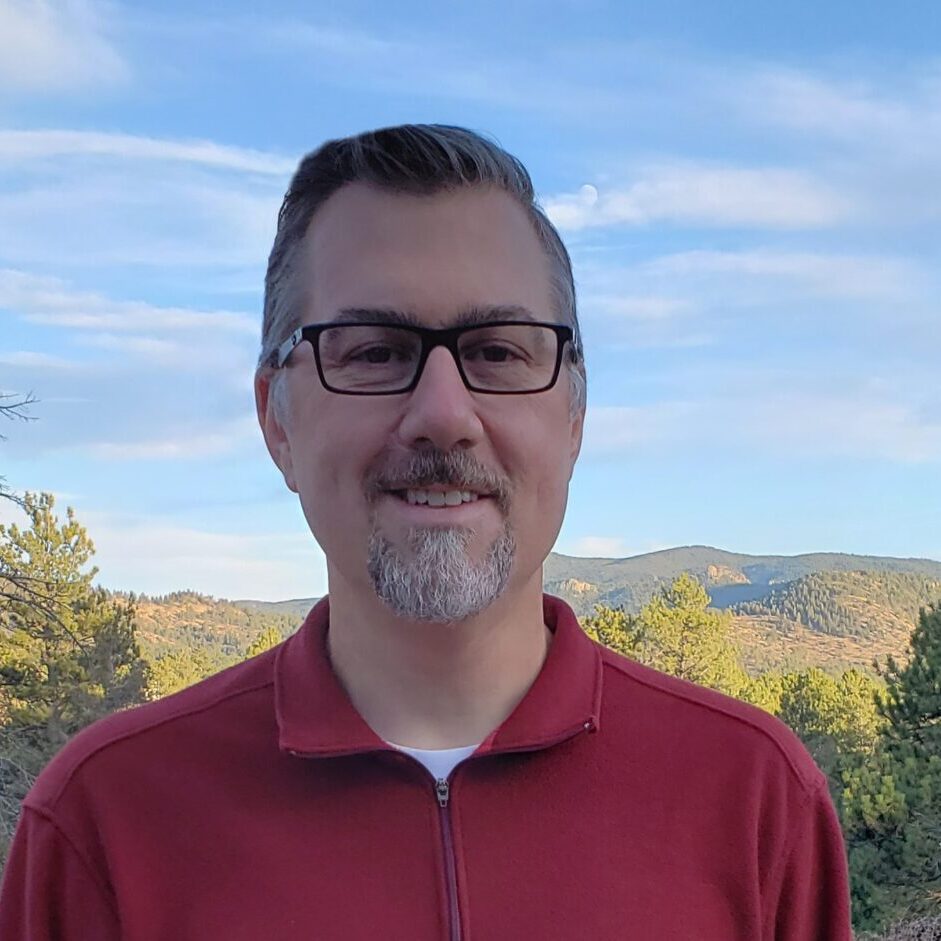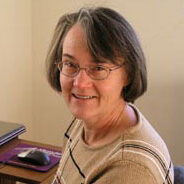Field Crews

Lucas Longway
Lucas Longway is a Faculty Research Assistant at OSU. He has a background in forest ecology, bioinformatics and all things data related. He primarily works as the data manager for SageSTEP and enjoys figuring out...
Outreach
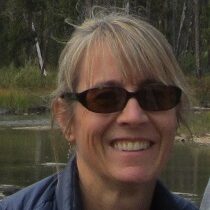
Corey Gucker
Corey divides her time between writing and updating forb species reviews house in the online book, Western Forbs: Biology, Ecology, and Use in Restoration, and supporting science delivery activities and developing technical information resources for...
Core Team
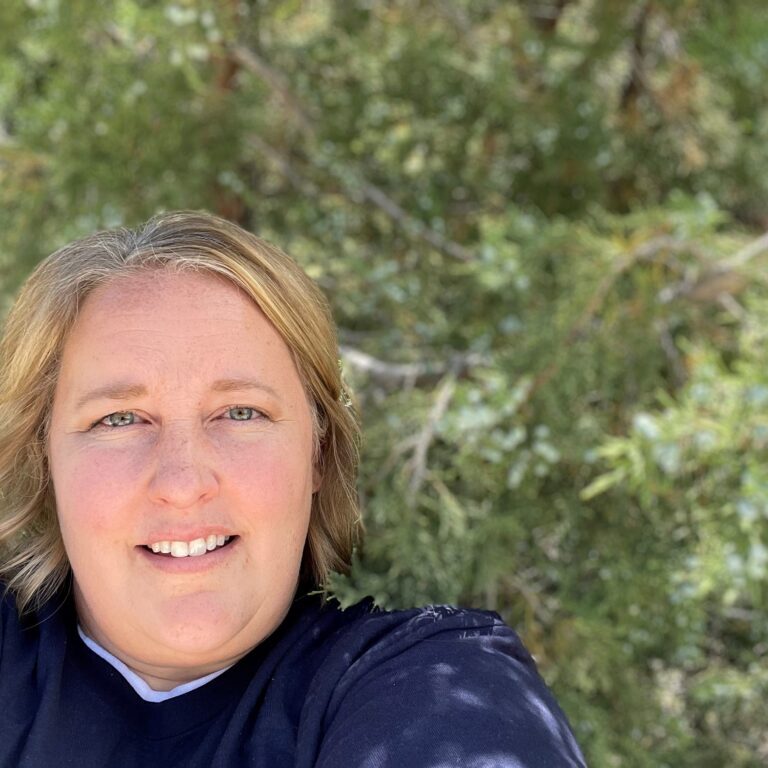
April Hulet
April is an Associate Professor at Brigham Young University. Her research focuses on enhancing rangeland resilience to disturbances and resistance to invasive species across spatially and temporally variable environments. Her research extends to monitoring and...
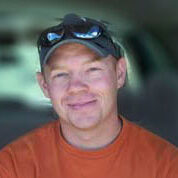
Benjamin Rau
Ben Rau is a soil scientist for the USDA-ARS. His work with SageSTEP is related to vegetation shifts and ecosystem rehabilitation effects on total carbon and nitrogen budgets and plant-soil interactions in the Great Basin....
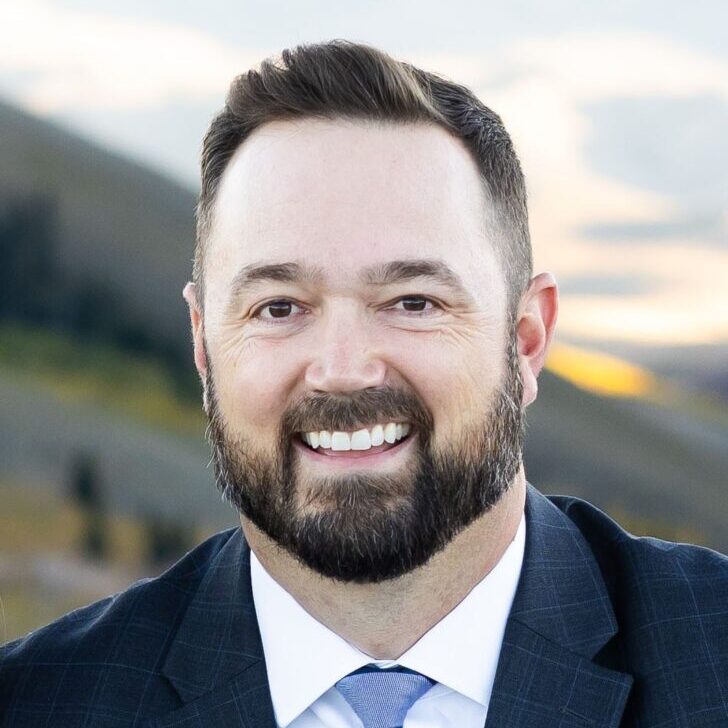
Dustin Smith
Dustin began his Bureau of Land Management (BLM) journey in wildland firefighting while attending Idaho State University, working seasonally from 2001 to 2005 on the Twin Falls District as a wildland firefighter on an engine....
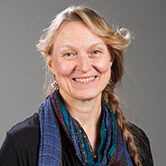
Eva Strand
Eva Strand is the manager of the University of Idaho GIS teaching Lab. Eva’s research focuses on the landscape-scale dynamics of woody encroachment in juniper/sagebrush-steppe rangelands. As part of her extensive research she has developed...
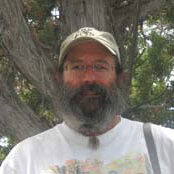
Gene Schupp
Dr. Schupp’s primary research focus is the critical seed and seedling stages of plant establishment-the ecology of seed production and dispersal, seed survival and germination, and seedling survival and growth. The goal is to contribute...
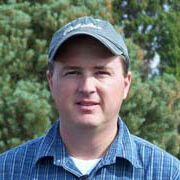
Jason Williams
Dr. Williams’ research explores ecohydrologic feedbacks between vegetation, soils, and the atmosphere. Much of his current research centers on the effects of disturbances (e.g., plant community transitions and wildland fire) and conservation/restoration practices on vegetation,...
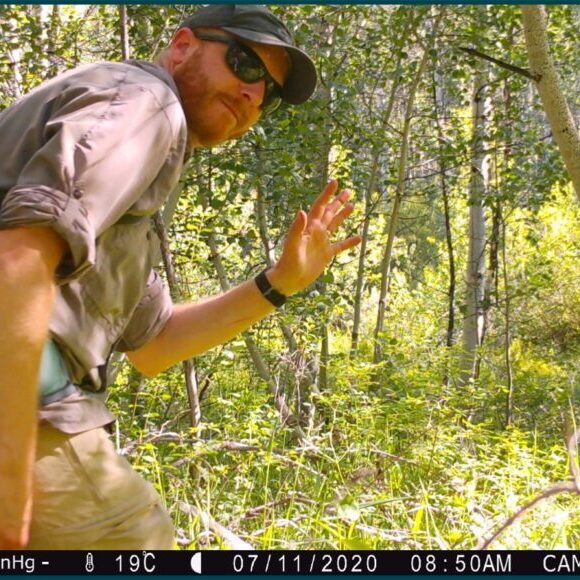
Jon Dinkins
Jon is an Associate Professor in the Department of Animal and Rangeland Sciences at Oregon State University. His position focuses on sagebrush wildlife ecology, which includes research and outreach through Extension. He also teaches habitat...
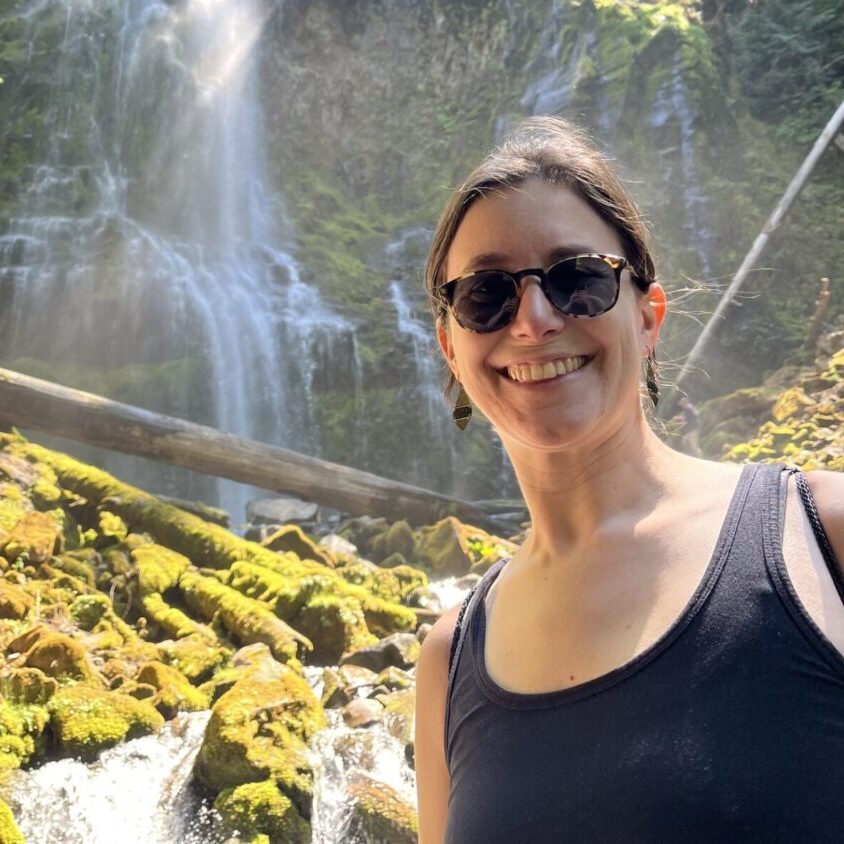
Maddy Case
Maddy’s research focuses on how environmental variability, disturbance, and global change influence vegetation change and ecosystem function in rangelands, and how management strategies can address these changes. She is leading projects on drought resilience and...
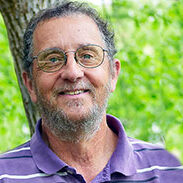
Mark Brunson
Dr. Brunson conducts research on social aspects of management change in rangeland and forest systems, including public acceptability and knowledge regarding wildland ecosystems and their management, adoption of new practices by public and private land...
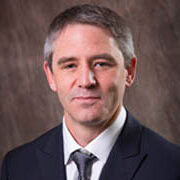
Matt Reeves
Matt specializes in use of remote sensing and GIS to facilitate evaluation of contemporary issues facing US rangelands. He is interested in facilitating management and administration of the nations’ rangelands and is pursuing numerous efforts...
Emeritus
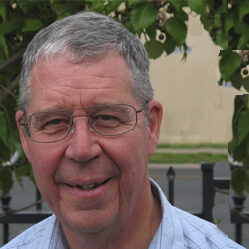
Bruce Roundy
Dr. Roundy’s research projects include establishment ecology of weeds and native plants, vegetation disturbance thresholds for management of sagebrush systems, watershed responses to management practices, and increasing diversity of fire rehabilitation and other range seedings.
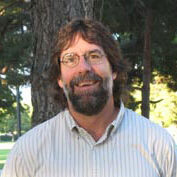
David Pyke
Dr. Pyke studies the population ecology of native and invasive plants in the Intermountain West with an emphasis on restoring native plants on invaded landscapes. He also specializes in developing monitoring protocols for ecosystem integrity...
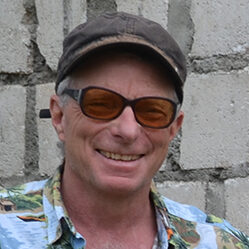
James McIver
Dr. McIver conducts research on the ecology of arthropod predator-prey relationships, on the organization of foraging in ants, and coordinates the SageSTEP study.

